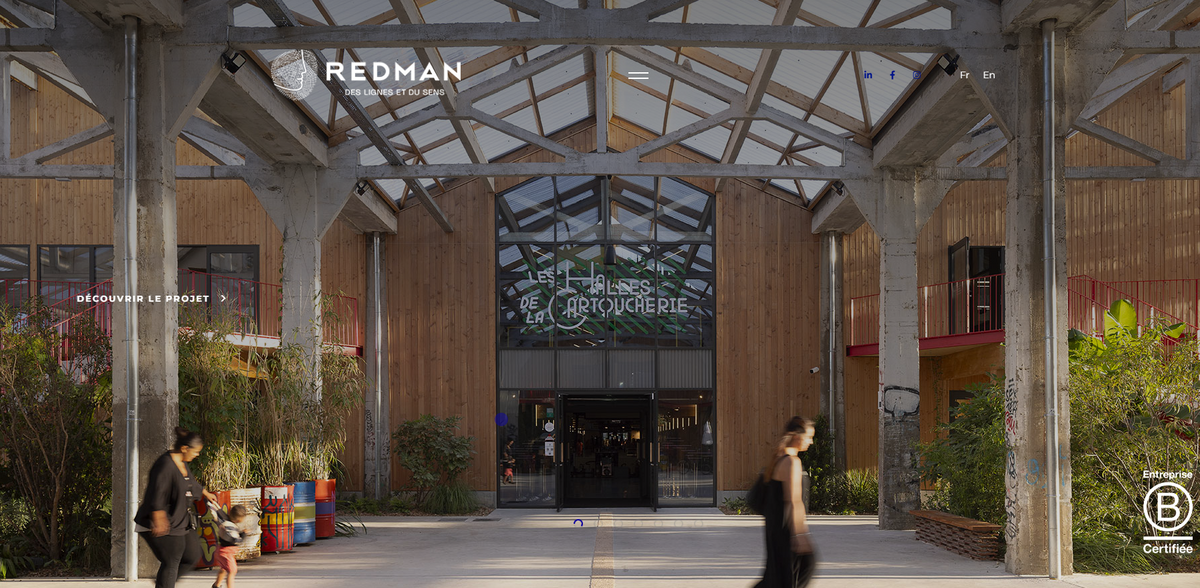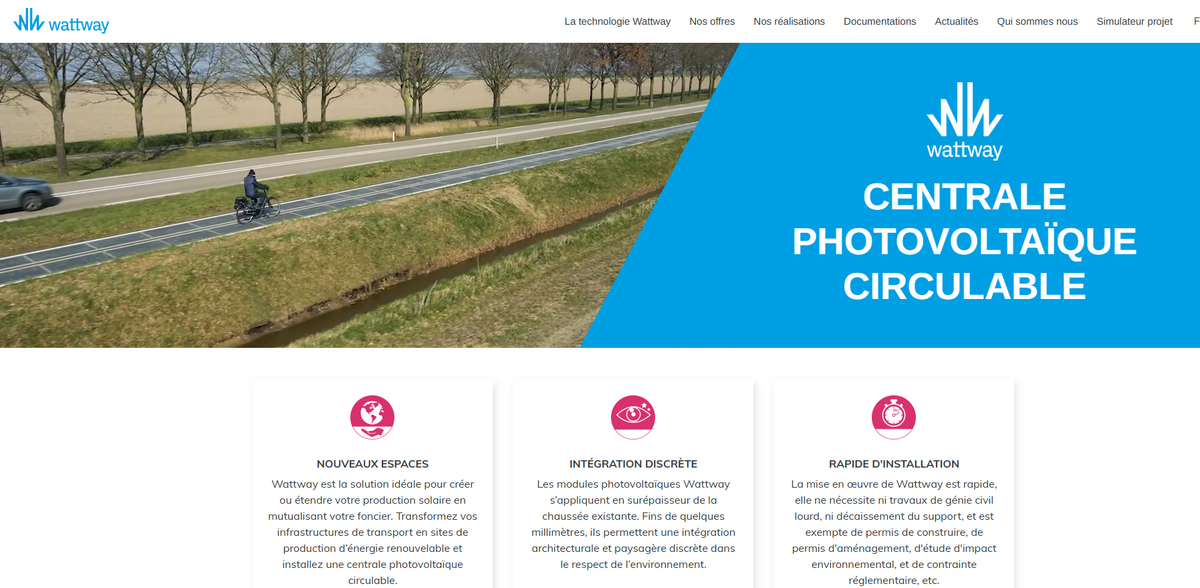What the Project Is
OUR MISSION IS TO MAKE YOUR BUILDING, STREET, CITY AND COUNTRY AS MUCH ENERGY EFFICIENT AS POSSIBLE! The project features long-range occupancy (motion) sensors that cover a sensitive area of up to 3000 sq meters, designed for lighting control and automatization of urban and industrial buildings and territories. With 34,612,890 kWh already saved and 13,695 tons of CO2 reduced, the K2150 sensor offers remarkably advanced results in motion detection technology for industrial applications. This sensor not only detects a person at a distance of 80m on a 3000 sq.m area but can also control movement in corridors up to 80m long and vehicles up to 115m, making it unique for general industrial purposes.
Main Benefits of the K2150 Sensor
The sensor provides undeniable financial and environmental benefits, including:
- Saves up to 10,000 kWh electric power per year
- Decreases CO2 emissions by 4 tons per year
- Increases capitalization of companies using it
- Offers a short payback period (around 1 year) on investments
- Delivers superior motion detection compared to other PIR sensors
Diverse Applications and Industry Use
The K2150 sensor is versatile, serving a wide array of sectors. Energy service companies (ESCO) find that the sensor greatly reduces the payback time and improves project profitability. Logistics companies and operators experience energy savings of up to 80% in warehouse lighting systems, even with energy-efficient light sources already in place. System integrators are often surprised by the sensor’s advanced detection and performance — clients frequently exclaim, “This can’t be happening!” when the sensor is installed for the first time. Distributors can also seize the opportunity to market one of the most high-tech motion sensors available today, while construction companies find it ideal for projects that include office centers, hotels, industrial buildings, and warehouses. Additionally, manufacturers of lighting fixtures gain a competitive edge by offering sustainable solutions that dramatically cut energy usage in environments like filling stations and corridors found in offices, hospitals, or hotels.
Innovative Technical Advantages
This sensor stands out due to its high-tech motion detection technology. It boasts a large sensitivity zone of up to 3000 sq m and is engineered to work in both indoor and outdoor control systems. Key features include the ability to replace 3-5 high-bay motion sensors from even the world’s leading manufacturers in warehouse settings. It is not only effective for general industrial purposes but also capable of operating in challenging environments such as cooling, freezing, and high-humidity warehouses. In some cases, especially with autonomous solar-powered street lighting systems, the sensor aids in reducing battery capacity requirements by several times — a truly innovative solution for modern sustainability challenges.
How the Sensor Operates
The operational principle of the K2150 sensor is based on the radiation into the surrounding area of an electromagnetic field and the recording of its changes caused by the reflection of moving objects… By using just 100 mW of radiation power (only half of what a home Wi-Fi router uses), the sensor ensures that it poses no harmful effects on humans. The same maximum power requirement holds true worldwide, fulfilling the license-free use of its radio signal. This design gives the sensor an edge in both safety and regulatory compliance, making it easy to deploy in a variety of setups without the worry of interference or unwanted emissions.
Project Impact and Sustainable Development Goals
- Affordable and Clean Energy
- Industry, Innovation and Infrastructure
- Sustainable Cities and Communities
- Climate Action
Case Study: Warehouse Efficiency
An actual warehouse example demonstrates the sensor’s impressive cost-effectiveness and energy-saving capabilities. The warehouse in discussion spans 72×78 m with a 17 m height and shelf storage, with shelves extending to 68 m long. In this scenario, a forklift enters each bay every 7 minutes and remains there for approximately 1 minute. The installation includes 150 W LED lamps (without a dimming function), with 216 pieces in total spread across 18 bays, where 12 lamps are installed per bay, operating 24 hours a day. Without automation, the energy consumption reached a staggering 283,824 kWh per year. However, when the sensor automated the system — turning off 3 emergency lamps and 9 additional lamps per bay — the energy consumption dropped to 97,567 kWh per year. That’s an annual saving of 186,257 kWh of energy, translating into roughly 27,938 € saved per year, based on the cost of 0.15 € per kWh. Meanwhile, the modernization and installation cost was approximately 24,000 €, resulting in a payback period of just 0.8 years. These impressive figures highlight the sensor’s effectiveness in reducing energy consumption, cutting costs, and promoting sustainable practices in large industrial settings. The dynamic flow of energy management, alongside its ease of integration in existing systems, ensures that it remains a truly revolutionary approach to modern building automation and energy control.





















